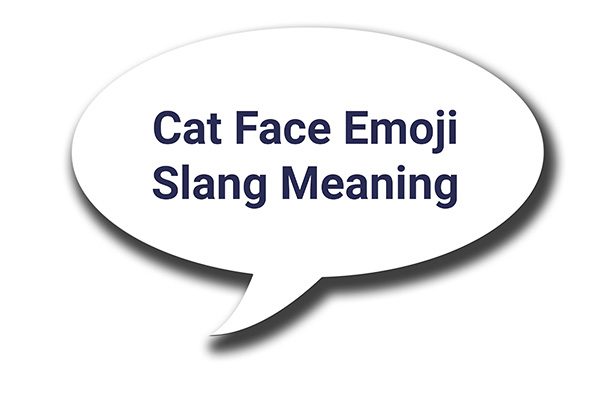
We all love emojis! They add a touch of personality to our messages, giving them flair and context. And with hundreds of them to choose from, there’s an emoji to express just about everything. It’s crucial to keep up with their increasing usage and be aware of their alternative meanings, especially when it comes to children and teenagers. For instance, you might be surprised to learn that the cat emoji, 
Understanding the 😼 Emoji
While some emojis have straightforward meanings, others have been adopted by younger generations and given new interpretations. One example is the grinning cat emoji '😼', which is often used to convey playful or mischievous behaviors in common usage. However, in some circles, it's also used as a sexual slang term for a vagina. These alternative meanings can potentially lead to misunderstandings, especially when communicating with young adults or teens.
Why Slang Matters
Starting the Conversation
- Ask them about their favorite word or phrase
It can be a fun way to learn what’s ‘in’ right now, and maybe even share a few of your favorite old-school phrases, letting them know that language is ever-changing.
- Talk about emojis
Share with them that you know the meanings of emojis can differ among people. Ask if there are any you use that they think you should stop using or if they can teach you a new use that you aren’t aware of.
- Encourage them to express their personality with an emoji
This prompts them to take a stance and choose an icon that encapsulates who they are, which can provide a great opening for meaningful discussions.
In conclusion, it’s essential to be aware of the evolving world of slang and emojis, especially those with hidden or dual meanings like the 😼 emoji. Maintaining an open dialogue with your children about these topics will ensure that you’re keeping pace with the changing digital landscape. Remember, it’s not just about understanding the language, but also promoting responsible and respectful communication.